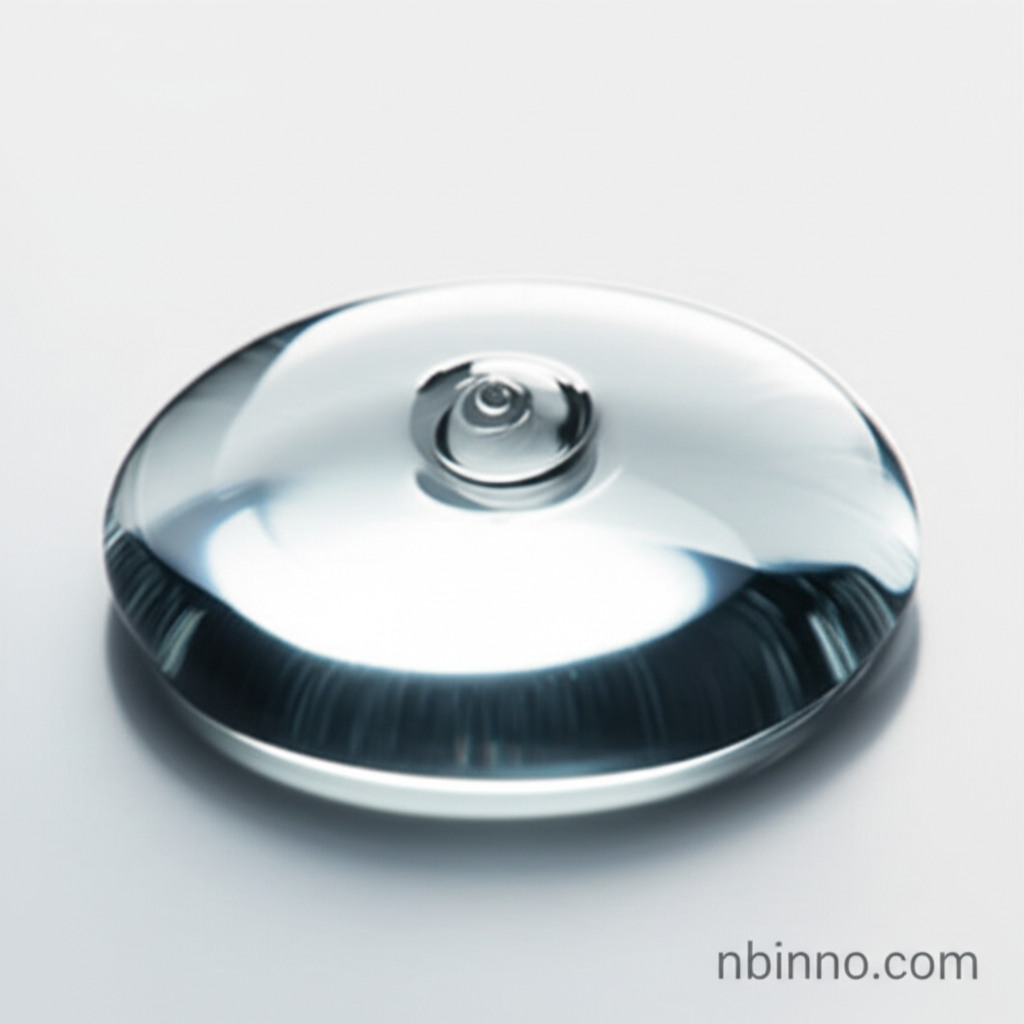Hydroxyl Terminated Polydimethylsiloxane: A Versatile Silicone Fluid for Industrial Applications
Discover the key properties and wide-ranging applications of this reactive silicone fluid.
Get a Quote & SampleProduct Core Value

Hydroxyl Terminated Polydimethylsiloxane
Hydroxyl Terminated Polydimethylsiloxane (HTPDMS), also known as OH Polymer or silanol-terminated silicone oil, is a highly versatile organosilicon material. Its unique structure features reactive hydroxyl groups at both ends of the molecule, derived from the polymerization of siloxane monomers. This intrinsic reactivity, combined with the general properties of methyl silicone oil, allows for crosslinking and the creation of new materials, making it indispensable in advanced formulations.
- Explore the key applications of hydroxyl terminated polydimethylsiloxane uses in advanced material science.
- Understand the benefits of silanol terminated silicone oil applications in sealants and coatings.
- Learn about the essential OH polymer chemical properties that enable its broad industrial use.
- Discover why this product is a leading silicone sealant raw material and a critical component for silicone rubber.
Key Advantages
Exceptional Thermal Stability
This high temperature resistance silicone fluid maintains its integrity across a wide temperature range, making it suitable for demanding environments.
Reactive Functional Groups
The terminal hydroxyl groups provide excellent reactivity for crosslinking and curing, facilitating the development of elastomers and films.
Versatile Application Range
From electronics to textiles, its broad utility demonstrates why it's a go-to chemical auxiliary for diverse manufacturing needs.
Key Applications
Silicone Sealants
As a primary silicone sealant raw material, it enables the formulation of durable and high-performance sealing compounds for construction and automotive sectors.
Silicone Rubber
It acts as a crucial component or modifier in silicone rubber formulations, enhancing processing and final product properties.
Electronics
Its excellent electrical insulation properties make it ideal for encapsulation, potting, and insulating materials in electronic components.
Textiles and Leather
Utilized as a softening agent and for water-repellent treatments, improving the feel and performance of fabrics and leather goods.
